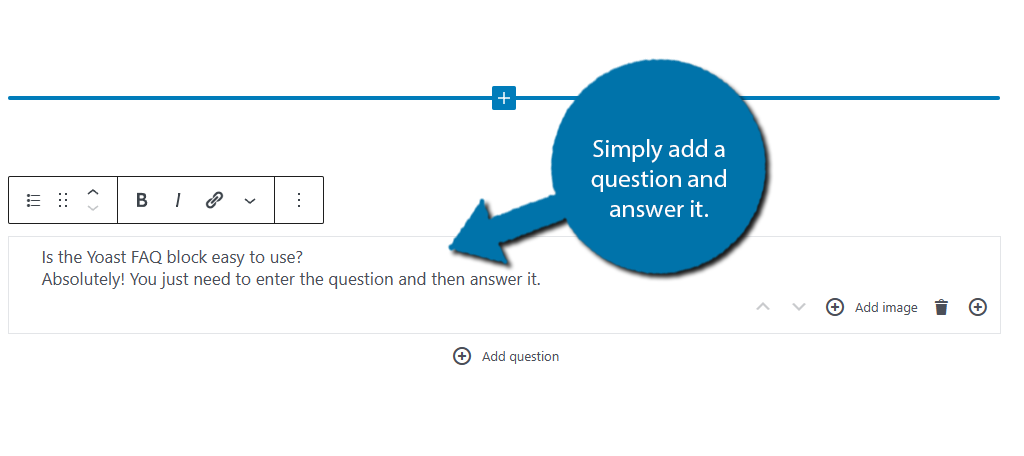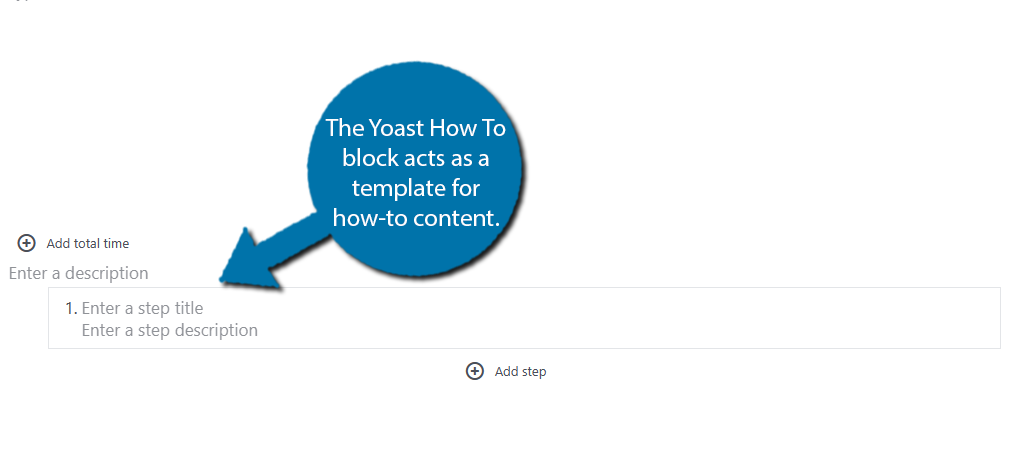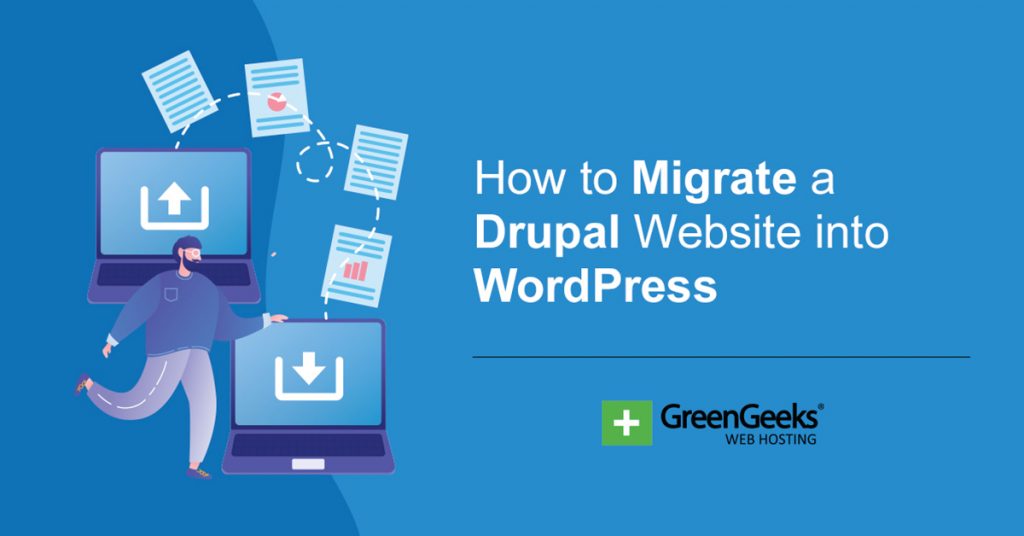Yoast SEO is one of the most popular plugins for WordPress because it specializes in optimizing your website for search engines. Yoast offers users a variety of tools including three structured data blocks to help you rank higher.
These include the Yoast FAQ, Yoast Breadcrumbs, and Yoast How To blocks. Each one is designed to help you rank higher on search engines by helping search engines identify what your content is about.
When combined with the other SEO tools that Yoast offers, you’ll be able to make your content stand out in the rankings by displaying more visually appealing search results to users.
Luckily, like most things in Yoast, using these blocks is quite easy. Today, I will explain how each one of these blocks can help you.
What Is Structured Data?
Structured data is data that is organized in such a way that it helps search engines understand the context of the content you write.
How humans view web content and how search engines view it are drastically different. While we may see a beautiful page full of colors and text, a search engine just views raw code. Structured data helps the search engine understand the purpose of that code.
It’s not just search engines, as even social media sites utilize structured data to help turn your post into snippets using the Open Graph Protocol. As such, your website must be structured correctly to have the maximum impact on all platforms.
Failure to do so will result in your website being buried in the search results, which will directly impact the amount of traffic you receive. And even when you do appear in the results, you may not be as visually appealing as the other options.
Thus, you could lose a click because another option looks better when viewed from something like Google.
These Yoast blocks can help you avoid this issue and are quite easy to use.
Using Yoast Structured Data Blocks
The free version of Yoast SEO contains three structured data blocks that include Yoast FAQ, Yoast Breadcrumbs, and Yoast How To. Yoast has also openly stated that they are working on more of these blocks, so expect even more options in the future.
Each one is easy to use and can help improve your website’s SEO if used correctly. This tutorial will cover each one.
Note: This tutorial already assumes you have Yoast SEO installed and set up for use. Thus, that will not be covered in this tutorial.
Yoast FAQ
The Yoast FAQ block is for FAQ content, obviously. FAQs are powerful tools for websites that help answer the most commonly asked questions by their visitors. And by their nature, they also answer some of the most common questions on the internet.
In fact, search engines display a “People Also Ask” section that will take questions and answers from these very sections.
That is if the search engine can identify the question and the answer. Luckily, the Yoast FAQ block makes this simple by utilizing FAQ Schema. From your end, it is incredibly simple and just requires you to add the question and type the answer like so:

You can also add images to the answer but be sure that the question is answered in text form. The block allows you to add multiple questions by simply pressing the “Add question” option. There is no limit, so you can add as many questions as necessary.
When viewing results through Google, or other search engines, users might be able to actually see the full question and answer directly from the search results. This can make your website stand out from the competition.
However, search engines are quite selective with this, so your website will need to have a certain level of authority before this occurs.
When it comes to actually writing the answers, you will have access to all of the normal formatting options offered in WordPress, but you will not have access to block-specific features. For example, you cannot create a list through a block.
Yet, with some, you can simulate one through manual editing. Overall, the block is easy to use and can have a big impact on your FAQ.
Yoast Breadcrumbs
Site navigation remains one of the most important aspects of any website. If your website is difficult to navigate, it can ruin the user experience, and the frustration can drive users away. Similarly, search engines are the same way.
If your website is difficult to navigate, it can negatively impact your SEO. The Yoast Breadcrumbs block can help solve this.
Breadcrumbs are a hierarchy navigation technique that shows users where they are currently on a website. They work particularly well on eCommerce sites as products usually have their own post, which is accessible from a category page, and so on.
For example, let’s say you were viewing a new refrigerator. The breadcrumbs would look like this:
Home » Appliances » Refrigerators » Refrigerator 5000
The Home, Appliances, Refrigerators, and Refrigerator 5000 would all be links that the user could click on to be taken to that respective post or page. The final option is always your current location on the site.
When it comes to actually using the Yoast Breadcrumbs block, there’s not much to actually say. Simply adding the block will show your current breadcrumbs on the site. There is no input on your end as the plugin generates it for you.
You can place it anywhere on a post or page, most websites place it at the top for easier navigation.
Yoast How To
The last block we are covering, and potentially the most impactful is the Yoast How To block. As the name suggests, this is for tutorial-based how-to content. Essentially, if you plan to answer a how-to question with a list of steps, you should use this block.
How-to content remains some of the most popular content on the internet. In fact, any content that answers a user’s question remains the most popular type of content. As such, you should always be aiming to answer a question.
The good news is that just like the rest of the blocks we’ve covered so far, it is extremely easy to use.
You can add the total amount of time the tutorial will take (minutes, hours, days, and so on), the how-to question, a step title, and a step description. It looks like this with no content added:

This makes the block useful for pretty much any kind of content from creating a recipe to showing how to complete a quest in Baldur’s Gate 3.
You can add as many steps as you will need and the steps themselves can contain images to help users follow along. If utilized, a search engine may display the full how-to directly in the search results, which will help the content stand out to visitors.
And with that, you now know how to use these Yoast structured data blocks in WordPress.
The Importance of Structured Data
Three simple words, Search Engine Optimization (SEO).
Structured data helps improve the readability of your content by search engines. Again, search engines do not see content the same way as visitors do, they see it purely as code. Even if you create content that looks identical to these blocks, it isn’t the same.
The content created in these blocks looks very different on a code level, which will improve your website’s SEO.
The better your SEO, the higher your website will rank on Google, and the higher you rank, the more traffic your website will receive. In turn, your website will generate more money due to the increase in traffic.
As such, using structured data like these Yoast SEO blocks is an essential part of maximizing the profitability of your website.
Start Using Yoast Structured Data Blocks Today
As you can see, the Yoast SEO plugin has plenty of tools that can help you improve your site’s SEO by implementing better schema markups. This can help your website perform better in the search results.
The keywords here are “can help,” as just implementing the best schema practices doesn’t guarantee you a place in the search results. Yoast SEO also has plenty of other options when it comes to improving site rankings.
For instance, one of the first things you should do when you build a site is create a sitemap. This is a map of your website that tells a search engine what content is on your website. Yoast SEO can generate this for you.
You should also regularly update the sitemap when adding new content to your website. The plugin also provides SEO tips as you write content to keep track of keyword usage, the number of outbound and inbound links, and much more.
Overall, Yoast SEO is the best plugin for improving your website’s rankings, and these blocks can help you do it faster.
Which Yoast block do you use the most? How easy did you find it to incorporate structured data blocks with Yoast?


